An Introduction to Beekeeping
In Europe and Africa, the true honeybee Apis mellifera is indigenous. Honeybee colonies nest in the wild but are also kept. Honeybee husbandry is aiming at a higher profit than feral colonies can offer. By offering shelter and protection to a honeybee colony and managing them according to the seasons, a beekeeper is able to harvest more honey from the colonies in his or her apiary and to increase the number of colonies in the particular area or in the apiaries.
Moving of colonies to a crop with high nectar potential and for pollination purposes is also possible with good hives. This is called migratory beekeeping. Migration also occurs naturally under certain conditions: if the surrounding vegetation does not yield enough nectar and much better vegetation is within reachable distance. This causes absconding of colonies.
A rich arsenal of traditional and modern bee hives is found. In Africa pots, calabashes, bark trunks and baskets are used as bee houses since times immemorial. Pots and calabashes are placed on the ground or just above ground level or in trees, dependent on the climatic zone, which may be dry or humid. Baskets and bark hives are placed horizontally in trees. In the Netherlands, similar baskets and trunks were used but vertically, and as far as we know closer to the ground or on the ground.
Since the last century hives with movable combs were developed, in Europe and also in America, to where the true honeybee is introduced more recently. The combs, which otherwise were fixed to the roof of a hive, are now fitted in frames. They can be taken out and replaced without breakage of combs. Also, the honeycombs are separated from the brood combs in a super-imposed honey chamber. This led to the production of honey as a luxury food as from 1900 onwards. Nowadays wooden or foam hives with frames are the common method, even if baskets – skeps – are still used, next to the wooden hives. In Africa this development started to spread also, some decennia ago.
In the sixties, a new type of hive has been developed in projects in East Africa. This hive has the main shape of the traditional cylindrical hives but also has movable combs, attached to top-bars instead of frames. Carpenter’s precision is less important than for the construction of frame-hives, but the advantages of movable combs are there. The comb is attached to the top-bar and for the rest hangs freely in the hive.
Starting of beekeeping is quite well possible with cheap and natural materials like calabashes and pots. One can thus build up the skill to handle and manage honeybees without investments, instead of spending money on expensive equipment with possible failures and disappointments. These hives can be made functional and profitably combined with more sophisticated equipment.
Beekeeping can be practiced in all vegetational zones, like mangrove, forest, savanna, derived savanna and even in an oasis in the Sahel zone, but not in the desert. In one particular zone, the vegetation differs, there are forests, agricultural areas, housing and garden areas, wasteland, etc. In some places, a particular melliferous crop is dominant, like banana or citrus plantations.
The closer the bees hive to the nectar source, the more effective is foraging, and the bees do not use energy for flying long distances. A radius of 500 meters around the hive should be regarded as effective, even though bees may forage over a distance of 3 kilometers or more and swarms can migrate over long distances.
Species of Honeybees
There are altogether eight species of honey bees, most of which are
found in Asia. Only one of these species occurs in other parts of the
world, either naturally or imported by man. The scientific name for
honey bees is Apis (hence: apiculture), followed by a second name
that is particular to each species. Two species are domesticated and
used in beekeeping:
- Apis cerana in South East Asia and;
- Apis mellifera worldwide
- Apis dorsata
- Apis laboriosa
- Apis florea
Benefits of Beekeeping
- In the tropics, beekeeping is potentially a good source of income. The main product is honey, but beeswax, bee milk (royal jelly), pollen, propolis, and bee venom are also harvested. Per capita consumption of honey in tropical countries is low, on average less than 100 grams annually. However, honey is often used as medicine or as a ceremonial food rather than as a (luxury) bread spread. The use of honey as a sweetener and as a health food was boosted by the introduction of beekeeping methods with superimposed honey chambers, generating higher yields with light-colored and soft tasting honey.
- Honeybees forage on nectar and pollen. When visiting flowers, they pollinate them. Pollination can also be seen as a ‘product’ as it increases seed yield of natural vegetation and crops. In some countries, the crop owner pays for this service to the beekeeper. Bees also collect resins, gums and plant waxes. These are mixed by the bees with beeswax and saliva and thus made into propolis.
- A group of species related to the honeybee is the stingless bees or Meliponini, which are found in the tropics and subtropics. They live in colonies and also forage on nectar and pollen. They can be kept by beekeepers for their highly-valued though small quantities of honey. They are good pollinators for a large number of plant species.
- Beekeeping can play an important role in the conservation of forests and natural vegetation. By adding an economically interesting product like honey, non-wood production can be increased to a level that can compete with other land use. Tree orchards, wasteland, gardens and compounds can be used for beekeeping as a location for an apiary and for their nectar production.
How to Choose a Site for Beekeeping
Shade, darkness, and humidity are beneficial to a honeybee colony. Forest regrowth, citrus, cocoa and cola plantations, banana or plantain plots are very good sites for an apiary. The hives are best placed in or under a tree or cluster of climbers. The height is not important, but avoidance of disturbing animals, humans or grass fire usually means that some meters from the ground is best. For practical reasons, modern equipment is usually set on a stand or table on the ground.
Types of Beehives
- Woven straw hive
- Cylindrical straw hive
- Raphia hive on bamboo poles
- Clay hive
How & Where to Set Out a Beehive
To start beekeeping, it is advised to begin with simple and cheap equipment. A pot or a calabash in a tree will do to attract a honeybee colony. The mouth should be less than 8 cm in diameter, directed downwards, and the volume of this hive should not be less than 10 liters, but preferably 18 to 30 liters. A colony that occupies such a simple hive can stay there for observation, attraction and production of other swarms.
A feral colony—in a tree hole or hanging under a branch of a tree—may serve the same purpose. But keeping bees in a provided hive offers more opportunities for management. Besides, feral colonies are more likely to be dangerous: the nest may be attached to a chain of climbers and the presence of such a nest is often unknown. Therefore, touching a tree or climber – even at some distance – can cause a defensive attack on the feral colony.
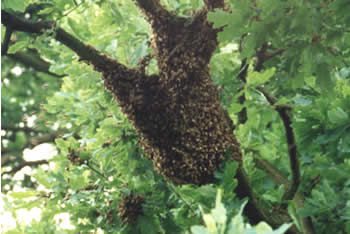
Also, smoking of an open nest which is not in a cavity is less effective. However, if a feral nest is present, for conservational reasons and comparison with kept hives, it is good to preserve it and even beautiful.
Close to the colonized pot or calabash new hives can be set out: hives for easy management, good for production and harvesting. However, a large production hive with an inside volume adjusted to the peak season and potential colony size is not yet needed. To start with half the size hive will do. In case of movable-comb hives like the top-bar hive, it will be possible to transfer the colony later into a full-size hive.
How to Attract Honeybees to a New Hive
A hive can be colonized by providing it with a colony of honeybees. But this is not the easiest for a beginner and even not the most effective way to start beekeeping. If not done properly, the colony may abscond after the operation. Therefore, try to bait one. A colony which enters a hive voluntarily will usually not abscond. However, the first weeks – apart from the first day of occupying a hive, when there is no comb yet – this colony should not be bothered with or touched.
Small hives bait easier than big hives. And, hives which were occupied before will bait very easily. The half-size top-bar hive from which we transferred the colony into a bigger hive is, therefore, a good bait hive. The smell of propolis, i.e., resins, waxes and gums from trees, collected by bees and used to fill up gaps in the hive, is attracting bees from very far. Propolis does not have the disadvantage of beeswax that it will attract pests like wax moth and hive beetle, even before the bees are there.
In case of a new hive, we can make a preparation of propolis to stain the hive inside. A solution of propolis in ammonia is easy to make. Wood painted with propolis stain will dry quickly: the ammonia evaporates, but the propolis stays and even improves the wood. For this purpose violins like the Stradivarius were treated with propolis!
To invite a swarm into a hive, it is wise to lift up some top bars to create an entrance right under the roof. The bees are very likely to enter the hive here instead of through an entrance at the bottom of the hive, unlike honeybees in moderate climates!
Vital Things to Note
One day we find that the bait hive is occupied by a honeybee colony. Bees are coming out and are entering the hive. Usually, they have a small piece of comb already after one night. This is positioned near the entrance or in the corner of the hive. Disturbance of the colony may easily lead to absconding. It is wise not to touch it. After a week or more, however, when closed brood is present, the colony does not abscond so easily. But it is still wise not to open the hive for inspection. Little adjustments, like closing the gap where they entered, should be possible.
Sometimes, one is present at the arrival of a swarm, for instance, if the hive was stored empty behind the house or a shed. It is wise to put them such that they are ready for a colony so that no adjustments are needed once a colony entered. This hive can be taken to the apiary in the forest only the same evening, very carefully, but not anymore the next days. Once a piece of the comb is present, this will be broken off easily, as bees hang onto it. The least disturbance of a comb will make a new colony, without (much) brood or closed brood, cause to swarm again and abscond the occupied hive!
The arrival of a swarm is a feast. A large cloud comes through the air, with an enormous noise. This scares many people, but it is usually harmless. Mind the exceptions! The effort of staying together, regulated by the spread of assembling pheromone, is such that attacking is very unlikely. Usually, there is only one type of behavior at a time. Attacking is regulated by the alarm pheromone and is usually organized from the nest. A swarm has no nest (no combs). Also, the bees are full of honey, and cannot easily bend their abdomens to sting!
Honeybees swallow honey before leaving the old hive or nest. A worker bee weighs about 65 grams, but full with the honey of more than 100 grams. She may carry honey up to her own weight A swarm of about one kilogram (the most common size!) thus contains 7,500-15,000 honeybees and may carry one jam bottle of honey, about half a kilogram. This honey is needed to build combs in the new hive.
Honeybee Seasons
A colony grows in size with an increasing nectar flow of the vegetation. A fast-growing colony, consisting of worker bees and one egg-laying queen, produces now drones, the male bees, and then new queens. Before a new queen emerges, part of the colony leaves the hive with the old queen. This is called a swarm. A swarm is a moving colony, without a nest, but usually full with honey.
A swarm occupies a new nesting site and starts immediately with building a comb. The old (laying) queen deposits eggs of worker bees and the colony starts growing. If a new colony starts early or halfway an increasing nectar flow, it can still ‘make it.’ However, if a swarm occupies a hive near the end of the season, it will not grow big enough to store enough honey for the dearth season after that, and it may abscond in a long-lasting dearth season, due to lack of stores and many empty combs.
Do not harvest honey from a small colony to avoid absconding in the dearth season!
A swarm which occupies a new hive early in the going season may grow very fast, but is not very likely to produce swarms in the same going season. However, it may store large quantities of honey at the end of this season After the peak season it will empty its stores gradually, but as long as there are enough combs with honey in the colony, the queen will continue to lay worker eggs and in a colony with many full combs sometimes even drone eggs. If the colony faces poverty, however, drones will be thrown out and egg laying will stop gradually. The brood area decreases in size, honey stores are gradually depleted and the number of empty combs increases. Bees forage less intensely and live longer in the dearth season and therefore the number of bees does not decrease much.
If the colony stays strong throughout the dearth, it will not abscond and start growing again once the season starts. The better the colony starts at this point the faster it will grow in the new season.
To set the conditions for this success, the beekeeper should harvest moderately or not at all in the first year, also taking care of removing (empty) combs before the dearth season. Empty combs are an adverse condition to a colony, particularly in the dearth season. This is discussed more extensively in the page on absconding.
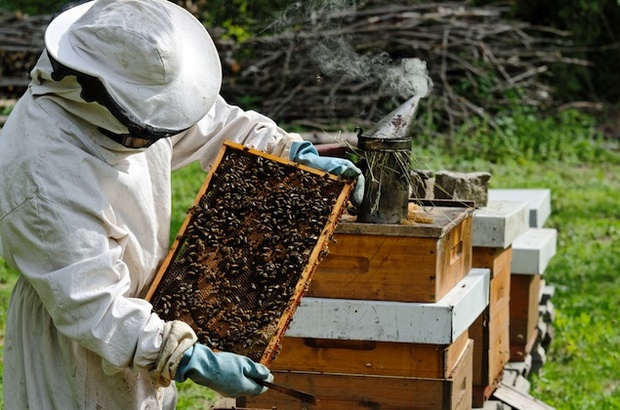
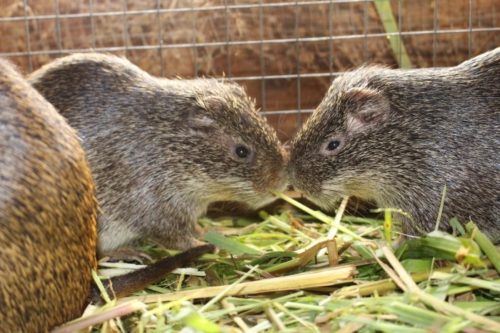
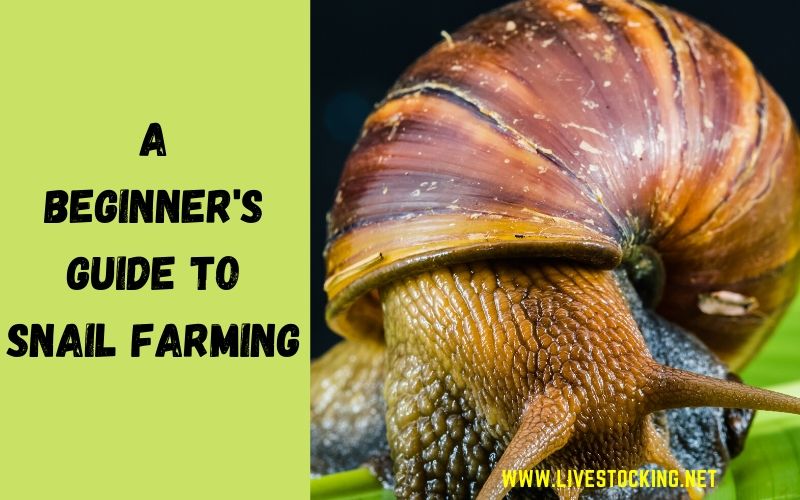
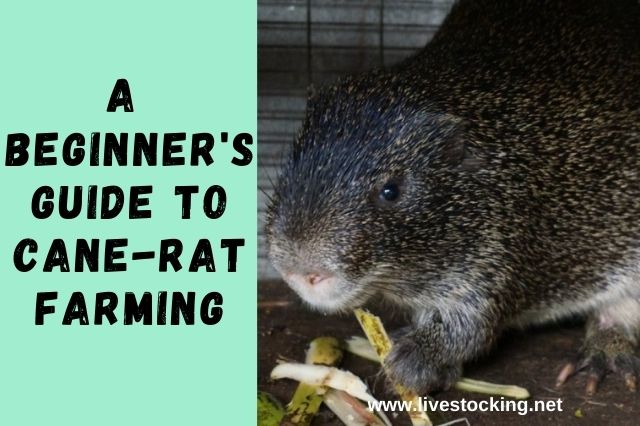
i find this business that is good and i want to go into it, there i will need your technical advice
It’s good to know that you’re interested in the honeybee keeping business. Kindly reach me through this contact page